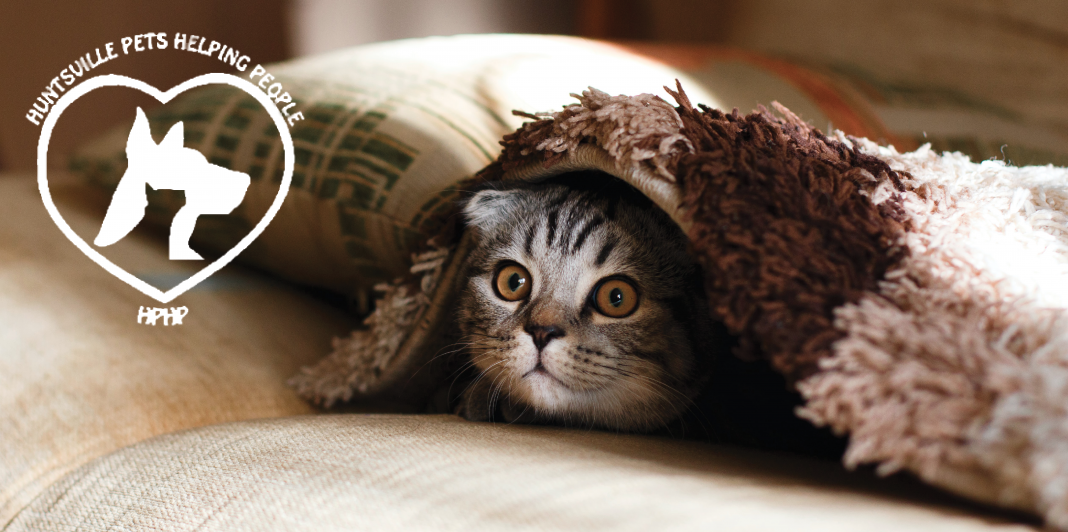If you have not seen one in person, you have undoubtedly seen pictures of them on social media. They may be colorful, stripped, spotted, or uniquely patterned. They may look like another type of animal, advocate for a special event, or support a sports team. They are pets treated to a colorful makeover. They are pets with dyed fur.
While many domestic animals, such as cats, chickens, or rabbits may be colored, the great majority of colorfully dyed animals are dogs. Some people go small and only apply a bit of dye on a dog’s ears or tail while other people go all out and dye most of their animal’s fur. Some people like solid colors such as pink or purple and dye the whole dog. Other individuals like more variety such as rainbow colors on a dog that might be seen at a parade. Then, there are fans of patterns such as black and white panda designs, a green and red Grinch look around Christmas time, orange and black tiger stripes or even leopard spots. Another look that may be seen is colors or designs that support sports teams.
For many people, pet owners and observers, dyed pets are fun and the colors or patterns look pretty. Other individuals view dyed dogs as the product of silly people and believe pets are better in their natural state. But there is another group who view dyeing pets as animal abuse. So what is the truth about dyeing pets?
The pro-dyeing crowd say that pets getting dyed is just another form of pet grooming. Many dog breeds are regularly groomed and they enjoy the pampering. Therefore, getting their fur dyed is no big deal for them. Another pro-dyeing argument is that people get their own hair dyed so it is no different for animals to get their own fur or hair colored. Those in the anti-dyeing camp often times consider fur dyeing to be animal abuse. They state that animals do not consent to the process and that animals are forced into it by people for their own pleasure. They go on to say that the chemicals used in dyeing are harmful to pets because they cause chemical burns and they are toxic to animals.
Let’s talk about those anti-dyeing concerns. Pets do not consent to having their fur dyed in words but by actions they can let their feeling be known. If the animal will not stand still or growls or snaps at the person trying to apply the dye that is a clear indication that they are not happy with what is going on. In that case, the animal should not have to undergo fur coloring now or in the future. If, on the other hand, the dog’s posture is relaxed and they have a smile on their face, they are showing that they are comfortable or enjoying the grooming process and that fur dyeing is not a stressor for them.
After the dyeing procedure has been completed and the animal goes out in public, dogs show by their actions whether they like the attention that their new doo receives. Some dogs are thrilled with the extra attention and show it by happy tail wagging and relaxed body posture. They enjoy the smiling faces, the happy sounding comments, and petting by people, including strangers. Those dogs are in their element. They are telling everyone that they love it. If, on the other hand, the dog backs away from strangers or tries to hide behind their person, they are plainly saying that they are stressed and that they do not want any part of this unwanted attention. Dogs in this category should not be dyed. If the dog does not provide a clear indication of their enjoyment, support your pet in a positive way and forego future dye jobs.
Chemical burns and toxicity are real concerns if the wrong dye products are used. Never use dyes that are made for humans on animals. Without a doubt, dyes for human use will harm animals. Human dyes may cause painful chemical burns, often over large areas of a dog’s body. Another concern is toxicity. As animals lick their dyed fur, they could ingest unsafe chemicals into their bodies which may result in serious health issues. Both of those concerns can be avoided by only using dyes that are specifically formulated to be safe for animals. In addition, there are a couple of readily available alternatives to pet-safe dyes that are not harmful to animals – food coloring and Kool-Aid. Both of those products are safe to use to dye animal hair or fur. Regardless of which product is used, dye a small patch of fur. Then wait twenty-four hours and check it for an allergic reaction. If there was no reaction, the animal may be safely dyed using care to avoid the area around the eyes.
As long as pet-safe dye is used, the animal is comfortable with the grooming process, and they enjoy the extra attention that comes with their new look, dyeing fur is not harmful to animals. If the above considerations are not met, dyeing an animal is at best unwise and depending upon the level of discomfort of the animal might rise to the level of animal abuse. Each person should carefully consider the personality and behaviors of their specific animal before deciding if dyeing fur is right for that individual animal. Dyed fur can be fun and playful but a dog’s natural coat color can be fun and playful too.















